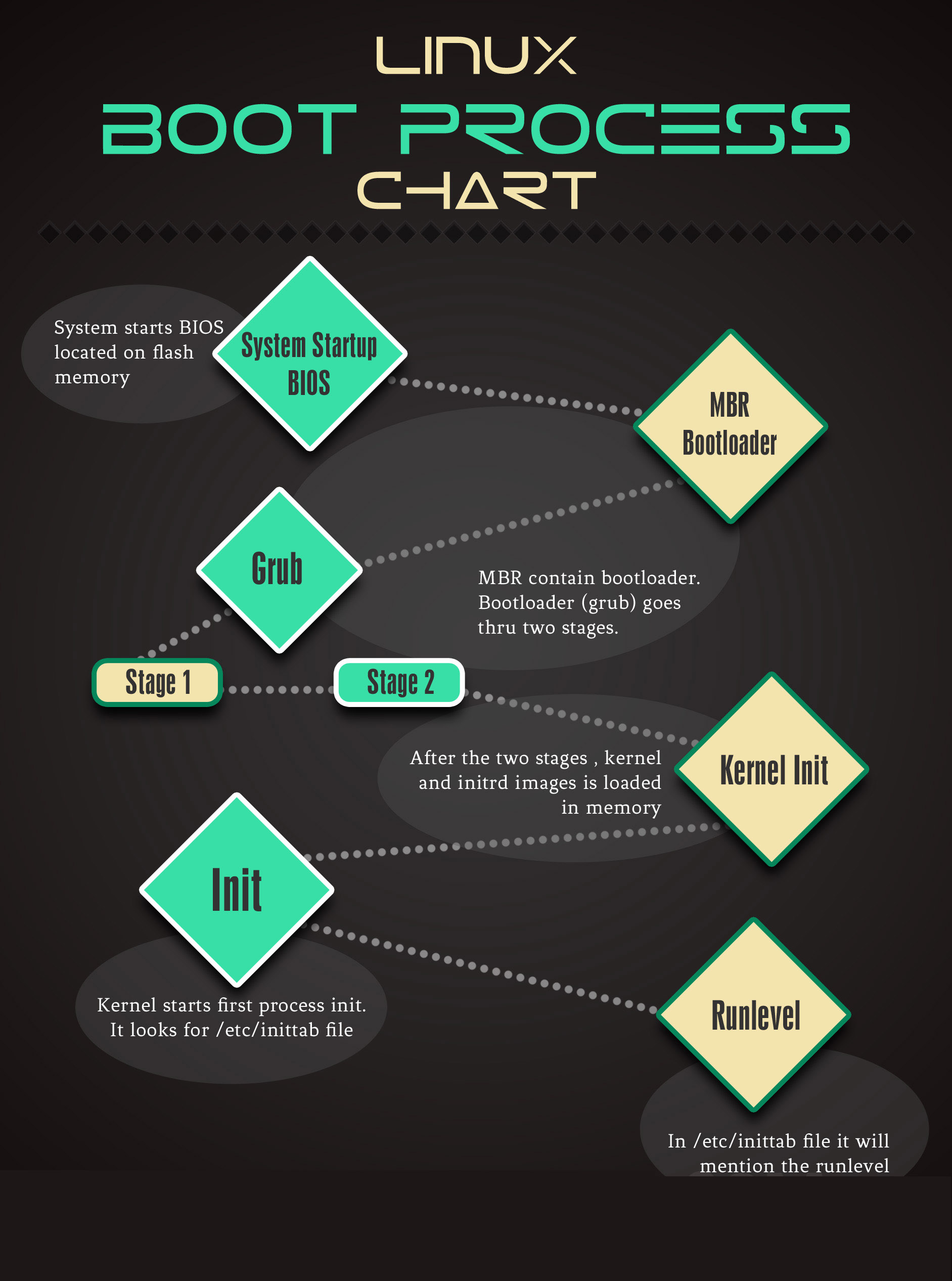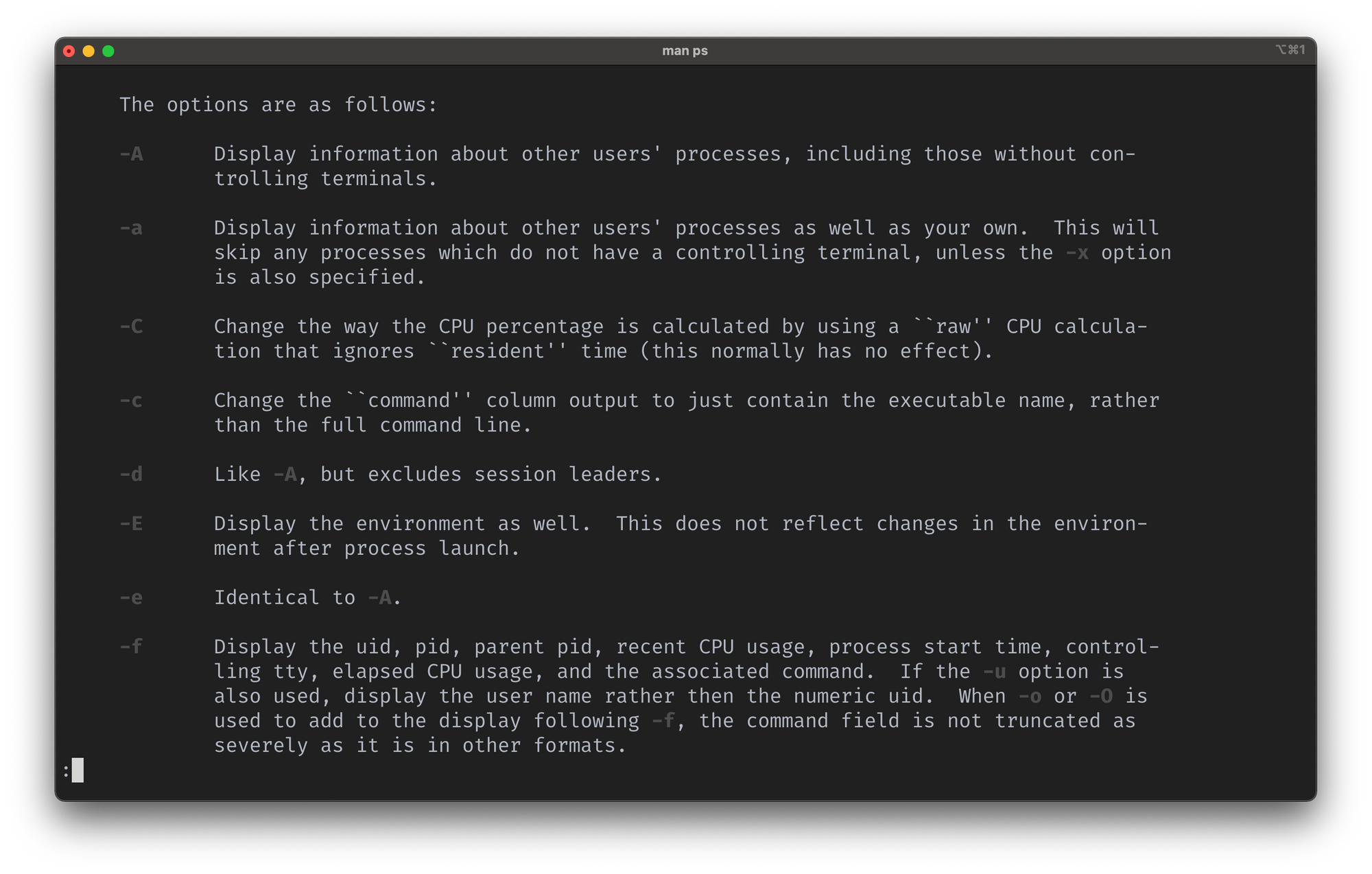

using Gnome or KDE), you have multiple logins to a machine remotely, or you have processes running in the background, then just running ps will only show you a subset of the processes you actually have running.

If you are logged into a GUI on the console (eg. If you run ps with no arguments, it will usually only show you the processes that you own and that have what is called the same "controlling terminal" as your current shell. The problem is that, by default, the ps command typically does not show you all of your processes so it may be confusing. The normal command used to see what processes you have running on Linux system is ps. However, there are some commands mentioned (including killpid, killbyname, and killme) that may only be available on the Unified Linux Systems owned and managed by the Luddy School of Informatics and Computing. Now you will see the follow threaded view of individual processes.Much of the information in this document is relevant to all Linux systems. Choose Display option under Setup column, and toggle on Three view and Show custom thread names options.

To enable thread views in htop, launch htop, and press to enter htop setup menu. This program allows you to monitor individual threads in tree views. To restrict the top output to a particular process and check all threads running inside the process: $ top -H -p Method Three: htopĪ more user-friendly way to view threads per process is via htop, an ncurses-based interactive process viewer. You can also toggle on or off thread view mode while top is running, by pressing key. To enable thread views in the top output, invoke top with -H option. The top command can show a real-time view of individual threads. The SID column represents thread IDs, and CMD column shows thread names. The following command list all threads created by a process with. In ps command, -T option enables thread views. If you want to simply count the number of threads in a thread, check out this post instead. Here are several ways to show threads for a process on Linux. Classic command-line tools such as ps or top, which display process-level information by default, can be instructed to display thread-level information. To the Linux kernel's scheduler, threads are nothing more than standard processes which happen to share certain resources. Each thread will then have its own thread ID (TID). In Linux, threads (also called Lightweight Processes (LWP)) created within a program will have the same "thread group ID" as the program's PID. These properties make threads an efficient mechanism for concurrent execution. When threads are forked inside a program for multiple flows of execution, these threads share certain resources (e.g., memory address space, open files) among themselves to minimize forking overhead and avoid expensive IPC (inter-process communication) channel. Threads are a popular programming abstraction for parallel execution on modern operating systems. How can I monitor individual threads of the program once they are created? I would like to see the details (e.g., CPU/memory usage) of individual threads with their names.

Question: My program creates and executes multiple threads in it.


 0 kommentar(er)
0 kommentar(er)
